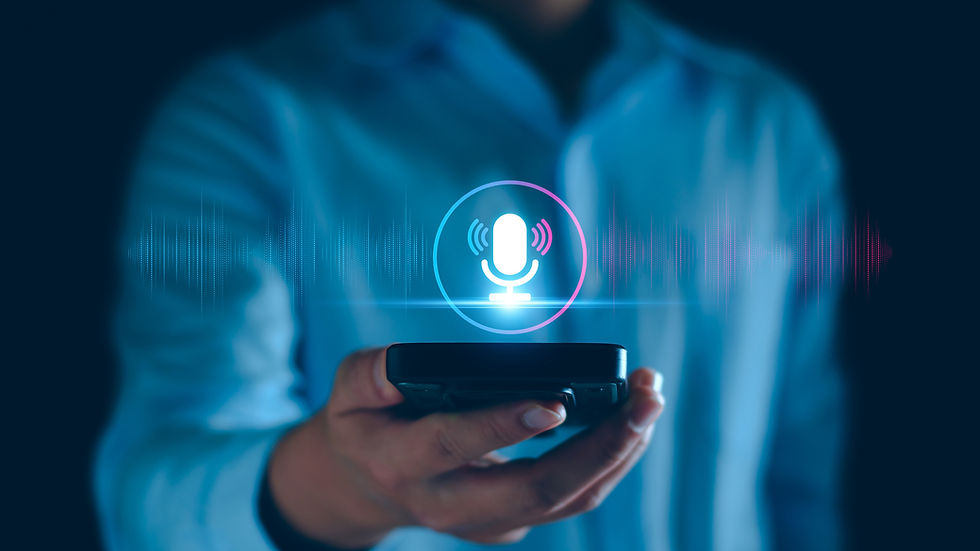How Learning Analytics Drives Student Success
- jayashree63
- Jul 5, 2025
- 4 min read

Introduction:
Picture this: A college freshman named Mike is struggling with his calculus course. In the past, his professor might not have noticed until he failed his midterm exam. But today, his university's system flagged him three weeks into the semester and sent a notification to his professor. This was not because of poor grades, but because the data showed he was logging into the course platform less frequently, spending minimal time on practice problems, and hadn't participated in online discussions.
This isn't science fiction. It's learning analytics in action, and it's quietly revolutionizing how we approach education.
Beyond the Buzzwords: What Learning Analytics Really Means
Learning analytics sounds like another tech buzzword, but it's pretty straightforward. Think of it as education's version of a fitness tracker. Just as your smartwatch monitors your steps, heart rate, and sleep patterns to help you stay healthy, learning analytics tracks how students interact with their coursework to help them succeed academically.
Every time a student logs into their course platform, submits an assignment, watches a video lecture, or participates in a forum discussion, they create a digital footprint. Learning analytics takes all these breadcrumbs and turns them into a clear picture of how learning is happening; not just how we think it should happen.
The data tells stories that grades alone never could. Maybe a student aces their tests but never engages with supplementary materials, suggesting they might benefit from more challenging content. Or perhaps another student is putting in hours of study time but still struggling, indicating they might need a different learning approach entirely.
The Numbers Tell an Impressive Story
The education world has noticed. Online learning has exploded from a $250 billion market in 2020 to projected growth of 21% annually through 2027. This isn't just about more students taking online classes—it's about institutions recognizing that digital learning environments produce incredibly valuable data.
Some universities have been pioneers in this field. Purdue University launched their Course Signals system back in 2007, using early warning indicators to identify students who might be heading for trouble. The results? A 21% increase in course completion rates. That's not just a statistic—that's thousands of students who might have dropped out but didn't.
Arizona State University saw similar success, boosting their retention rates by 3-5% after implementing learning analytics. When you're talking about a university with over 80,000 students, even a few percentage points represent hundreds of lives changed.
Where the Magic Happens
Catching Students Before They Fall
The most powerful application of learning analytics might be its ability to spot trouble before it becomes obvious. Traditional education often works like a smoke detector—it only alerts you after there's already a fire. Learning analytics works more like a carbon monoxide detector, sensing danger while there's still time to act.
The U.S. Department of Education found that interventions guided by learning analytics reduced dropout rates by up to 15% in pilot programs. These aren't just numbers—they represent students who got the help they needed when it mattered most.
Making Learning Personal
We've all had that experience in school where the teacher's approach just didn't resonate with how our brain worked. Learning analytics is starting to solve this age-old problem by showing educators how different students actually learn.
Some students dive deep into interactive simulations, while others prefer straightforward video lectures. Some work best in short bursts throughout the week, while others prefer marathon study sessions. The data reveals these patterns, allowing educators to tailor their approach accordingly.
Research from the Bill & Melinda Gates Foundation showed that personalized instruction can improve learning outcomes by up to 30% compared to traditional teaching methods. That's the difference between a student barely passing and thriving.
Improving What Actually Works
Learning analytics doesn't just help individual students—it helps educators understand what's working and what isn't in their courses. The Open University in the UK used learning analytics to completely redesign their introductory courses, and the results were dramatic: failure rates dropped from 27% to 15% within two years.
This kind of evidence-based teaching represents a fundamental shift from "this is how we've always done it" to "this is what the data shows actually works."
The Reality Check
Learning analytics isn't without its challenges. Privacy concerns are real and valid. Students need to know how their data is being used and have a say in the process. There's also the risk of creating a "Big Brother" environment where every click is monitored and judged.
Perhaps more importantly, there's the human element to consider. Education isn't just about data points and algorithms; t's about relationships, creativity, and the messy, unpredictable process of human learning. The best learning analytics systems enhance human judgment rather than replace it.
Looking Forward
The EDUCAUSE Learning Initiative found that 75% of institutions using learning analytics saw improvements in student success metrics. The Open University's publicly available dataset has enabled researchers to predict course outcomes with 85% accuracy, helping schools focus their support where it's needed most.
These aren't just impressive statistics—they represent a fundamental shift in how we think about education. Instead of waiting for students to struggle, we're learning to support them proactively. Instead of using one-size-fits-all approaches, we're discovering how to make learning personal and effective for each individual student.
As more schools embrace this approach, we're moving toward an educational system that's more responsive, more effective, and more human than ever before. The technology may be digital, but the goal remains deeply personal: helping every student reach their full potential.




Insightful read! Learning analytics clearly play a big role in boosting student success by identifying issues early. Similarly, in the product reviews UK space, analytics help track customer behavior and improve product recommendations. Both fields show how smart data use can lead to better results. Great content!